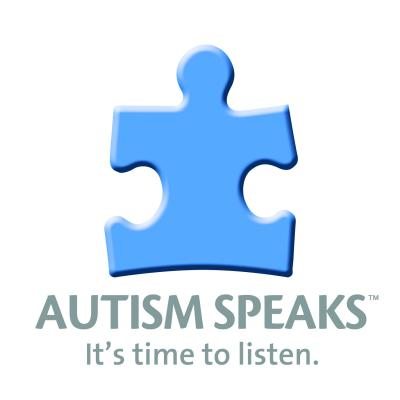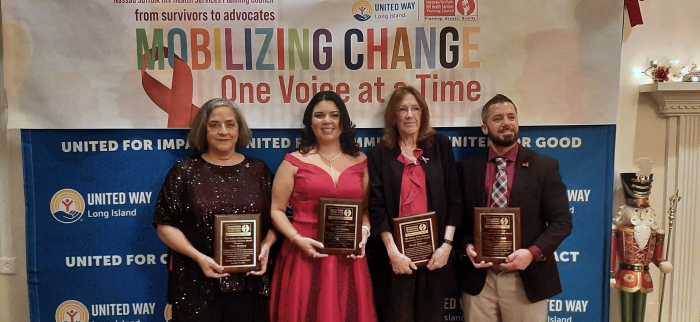“If everybody were like everybody else how boring it would be.
The things that make me different are the things that make me, me!”
– Winnie the Pooh
April is National Autism Awareness month, and since 2007, April 2 has been set aside by the United Nations as World Autism Day. Communities around the world have been encouraged to “light it up blue” in order to raise awareness about Autism Spectrum Disorder (ASD). More than simply about recognizing its signs and symptoms, autism awareness is also about making an effort to understand and support people with differences, to replace stigma with information and pre-judgment with empathy.
With ASD prevalence rates as high as 1 in 68 (1 in 48, for boys) and no existing biological diagnostic test, early screening for developmental delays is essential. While it is up to parents to present even mild concerns to their physicians, The American Academy of Pediatrics recommends screening all children for ASD using the M-Chat-R at the 18 and 24 month well visits. For concerned parents, the self-scoring M-Chat-R is also available online at mchat.org, and results can be discussed with your doctor.
Presently, children reach an average age of 4-5 years before receiving a proper ASD diagnosis. This lag in diagnosis impedes access to services at a critical stage of a child’s development; this, in turn, may translate into less optimal outcomes. Indeed, when children are diagnosed with ASD within the first three years of life they gain access to evidence-based treatment interventions (“early intervention”) that often have a positive impact on long-term outcomes.
Because autism is a spectrum, signs may range from very subtle to very obvious. Some children may exhibit intellectual dysfunction while others may exhibit average to high intellectual capacity. There are also social, motor and sensory challenges that can be quite varied. Because of these individual differences, it can be said, “when you meet one child with autism, you’ve met one child with autism.”
Aside from the signs and symptoms listed below, the website of Autism Speaks posts more detailed information concerning all aspects of ASD (www.autismspeaks.org):
- No big smiles or other warm, joyful expressions by 6 months or thereafter
- No back-and-forth sharing of sounds, smiles or other facial expressions by 9 months
- No babbling by 12 months
- No back-and-forth gestures such as pointing, showing, reaching or waving by 12 months
- No words by 16 months
- No meaningful, two-word phrases (not including imitating or repeating) by 24 months
- Any loss of speech, babbling or social skills at any age
During autism awareness month, make it a priority to check your child’s growth and development, voice any concerns to your physician, and spread the message of autism awareness by choosing to “light it up blue.”
Alison Gilbert, Ph.D. is a Licensed Clinical Psychologist. She is currently a Clinical Assistant Professor at Hofstra Northwell School of Medicine.
Autism Awareness


































